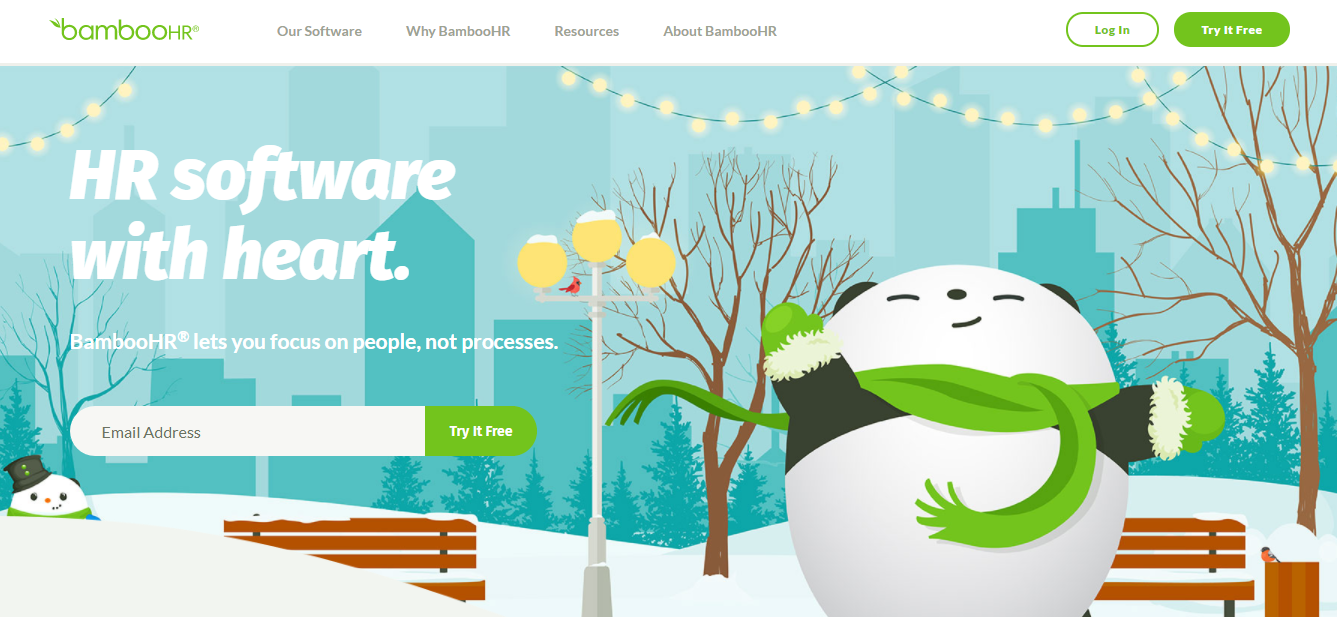Choosing the right accounting software is one of the important decisions that any business can make. The software you use can have a significant effect on your productivity, budget, and arguably your compliance with accounting standards.
This is why making a choice can occasionally feel quite hard since there are currently so many options available. Yet, by considering the following factors in your search, you will find yourself with the best choice to make for the health of your company’s finances.
How to Choose the Right Accounting Software – 8 Things to Consider
With numerous options available in the market, it’s essential to consider several factors to ensure that the accounting software you choose aligns with your business needs and objectives.
Features and Functionality
The most critical aspect of every program when it comes to the selection of the appropriate accounting software is to ensure that it has all the requirements you need in your business. Basically, each business enterprise has its own requirements with respect to accounting. All of them provide basic invoicing capabilities as well as ledger and reporting options.
However, you need to evaluate your specific requirements. For instance, if you are, for example, you will need to work with multiple currencies. However, if you find yourself having to develop budgets and / or forecasts then make sure your chosen software has this feature.
Do not have to make a lot of superfluous purchases yet be sure that the software corresponds to all possible requirements. Any quality vendor should have a well-presented features list, where features are grouped by industry for easy reference.
Ease of Use
Your software of choice should be easy to understand, especially if many of your employees have little knowledge of accounting. The majority of workers are likely to lack the time, and, in any case, do not feel the need to spend lots of time learning how to use accounting software programs.
However, if the program is not friendly to the user then this entire program will not deliver efficiency gains and data accessibility the company needs. During decision making, try running through the demo software in order to gain insight into how easy it is to use the interface.
These include how many links have been made available, the number of link clicks it takes to get to important features, help tools features and tools, color, and design. When it comes to how manageable the finances of your company cropped up to become ultimately governed by the usability of the software.
Security
Security issues such as data breaches and cyberattacks are current stressing factors for any organization, hence the need for security in accounting software. Must make sure the vendor uses the encryption of the data both when it is being transferred and when it is stored. Know their method of authentication to ensure appropriate people only get to view information
A single breach could lead to leakage of sensitive employee and customer information and also valuable company intellectual property. Other ways of confirming a vendor’s level of awareness in regard to the threats would include using cybersecurity ratings sites.
Find out as well if they consistently keep the program’s protection systems updated. Accounting information is some of the most sensitive information of the company and thus needs protection.
Integration
Today, for most enterprises, the accounting software must work in conjunction with the other significant enterprise applications. If two systems for instance are not compatible your team can wind up rekeying same data all over again. This brings a lot of room for error and at the same time reduces the rates of productivity.
Common integration requirements are e-shopping carts, Point of Sale or POS, customer relationship management or CRM, inventory tracking and also, invoicing. When assessing software, guarantee that the vendor can work with the tools you have in your business.
Still another aspect that calls for detailed review is the method of connectivity. While most connectors limit themselves to generic integration, APIs usually allow the configuration of integration points with matching levels of granularity.
Cloud vs On-Premises
With the advent of technology, any accounting software in practice today is often based on SaaS instead of being installed onsite. It has its benefits both ways, so try to consider which and where you need infrastructure and accessibility.
Custom solutions imply the need to install a certain program into company servers and manage its improvements by themselves. But these may come with advantages such as increased performance control rates compared to the traditional systems.
Since the staff can log in through an internet connection the cloud-based tools provide better accessibility. They also have the vendor manage the servers as well as handling their upgrades.
Cloud accounting tends to be paid on a monthly basis, unlike the on-premises that comes with licensing fees. When handling information that is of a confidential nature, on-premises solutions are more secure in this regard while cloud makes it easy to share company financials with third party.
Mobile Functionality
This means today’s accountants and finance staff must be able to access their systems and data from anywhere in the work environment. All the workers, not only the staff of the accounting department, need some insight into the budgets, expenses, accounts receivable, etc.
Therefore, enhanced mobility has become a crucial benchmark for the accounting solutions. When evaluating options explore the vendors mobile app usage yourself through smartphone and tablet compatibility.
The mobile versions include the ability to read reports and dashboards, send invoices, enter expenses or answer to purchase requests. Mobile access ensures that the finance teams can work driving their work productivity always whether they are in a fixed desk or reaching clients.
Support and Training
Support provides you with a list of resources, which are intended to help you and your organization support diverse employees while developing a more inclusive workplace culture.
Even the most user-friendly piece of accounting software will need some training and on-going support as your team starts to get up to speed with the use of the new system.
Make sure that NFL vendors can give the resources necessary to help facilitate the seamless operational integration of your company. Most of them themselves provide online training and training videos at different skills levels and in a nontraditional learning approach.
Decide if they facilitate live webinars that present more complex and detailed content offering insights. Phone or chat support must also be easily accessible because sometimes the users may be stuck with questions while introducing themselves to new features.
In the long run, the accessibility of support resources most surely determines the willingness to use accounting software.
Cost
Pricing will always be a consideration that is taken when choosing accounting software to use in a company. Tasks in accounting can be solved using either the free/open-source tools or buying commercial ones that cost tens of thousands for big business.
Before developing a cost strategy, try to analyze your financial capabilities and anticipated future performance. Also decide what kind of pricing strategy is suitable for your business; Perpetual licenses or annual licenses, monthly licenses or usage based on number of transactions.
Remember that the free or even limited versions are often deprived of some important features while the paid software always offers more. The challenge here is to determine opportunities that can match current levels of funding while leaving room for scaling up of capabilities with the changing needs in the future.
Conclusion
Choosing the right accounting software for your organization depends on so many factors that range from the one in the feature column to the one in the security column, integration among other factors, not forgetting the cost factor.
As a result, putting effort into analyzing options in relation to important business requirements will guarantee that you have the best financial management platform within your company. The system you opt for today is one that will grow to accommodate other needs in the future.
Getting efficiency, transparency and essential controls in place now while creating flexibility for new capabilities to be added later leads to better financing of corporate development. Given the fact that accounting software is used to support a number of critical organizational needs, the time taken to identify the right package is well justified.





